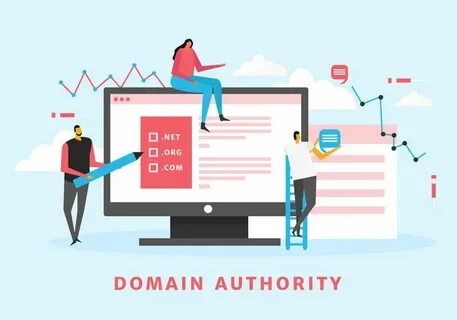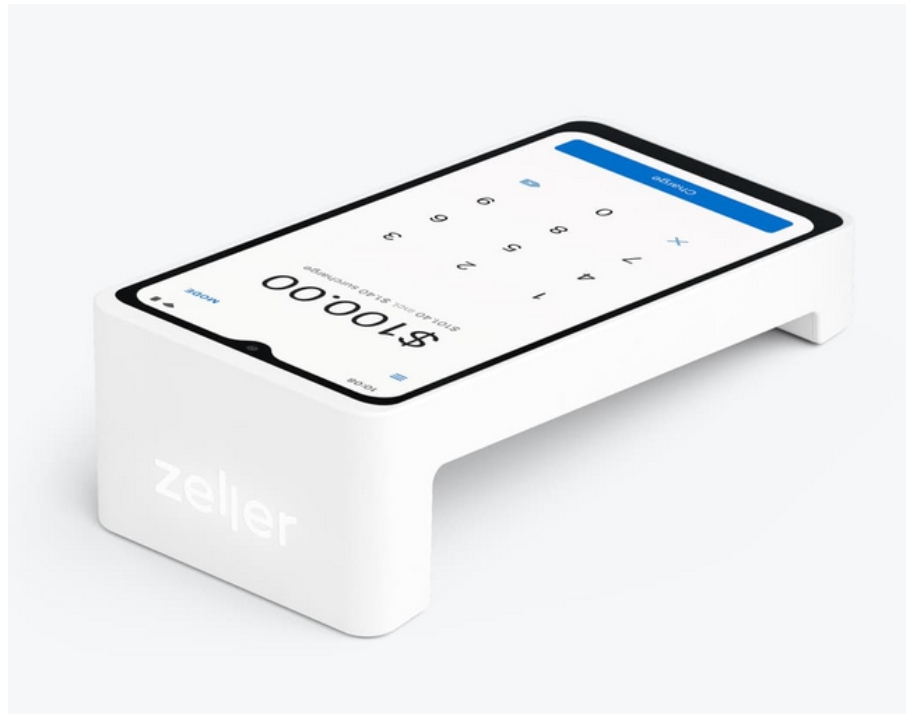Plumbing issues can vary significantly between homes and businesses due to differences in usage patterns, plumbing system design, and maintenance needs. Here’s a breakdown of common plumbing issues found in each setting:
Common Plumbing Issues in Homes:
1. Clogged Drains:
– Homes: Clogged kitchen sinks, bathroom sinks, and shower drains are common due to hair, grease, soap scum, and food particles.
– Solution: Regular use of drain strainers, proper disposal of grease, and occasional professional drain cleaning can help.
2. Leaky Faucets:
– Homes: Dripping faucets are a frequent issue caused by worn-out washers or cartridges.
– Solution: Replacing the faulty components typically fixes the problem.
3. Running Toilets:
– Homes: A toilet that won’t stop running can be due to issues with the flapper valve or other internal components.
– Solution: Replacing the flapper or adjusting the fill valve can resolve this issue.
4. Water Heater Problems:
– Homes: Issues like inconsistent water temperature or no hot water at all can be due to sediment build-up or a malfunctioning heating element.
– Solution: Regular maintenance, such as flushing the tank and checking for faulty parts, can prevent these problems.
5. Low Water Pressure:
– Homes: Low water pressure can be caused by a variety of issues, including clogged pipes, leaks, or a problem with the water supply line.
– Solution: Identifying the source of the problem and addressing it, which might involve cleaning out aerators or repairing leaks.
6. Pipe Leaks:
– Homes: Leaky pipes, often due to aging pipes or improper installation, can cause water damage and mold growth.
– Solution: Prompt repair or replacement of damaged pipes is essential to prevent further issues.
Common Plumbing Issues in Businesses:
1. Blocked Sewer Lines:
– Businesses: Commercial properties often deal with more substantial waste and higher traffic, leading to frequent sewer line blockages.
– Solution: Regular sewer inspections and maintenance, and using professional services for serious blockages.
2. Backflow Problems:
– Businesses: Backflow issues can arise in commercial settings due to cross-connections between potable and non-potable water sources.
– Solution: Installing and maintaining backflow prevention devices to ensure clean water supply.
3. High Water Consumption and Costs:
– Businesses: High water usage can lead to increased utility costs and may reveal underlying issues like leaks or inefficiencies.
– Solution: Implementing water-saving fixtures and regularly checking for leaks can help control costs.
4. Grease Traps and Interceptors:
– Businesses: Restaurants and food businesses often face problems with grease traps becoming clogged, leading to blockages and odors.
– Solution: Regular maintenance and cleaning of grease traps to ensure they function properly.
5. Commercial Water Heater Issues:
– Businesses: Larger, more complex commercial water heaters can face issues like inconsistent temperatures or failure under heavy usage.
– Solution: Regular professional maintenance and timely repairs or replacements are necessary.
6. Pipe Corrosion and Scaling:
– Businesses: Due to the higher volume of water and sometimes aggressive water treatments, commercial properties might experience pipe corrosion or scaling more frequently.
– Solution: Using appropriate materials for pipes and implementing water conditioning systems to minimize scaling and corrosion.
Differences in Plumbing Maintenance and Solutions:
– Scale and Complexity: Commercial plumbing difference systems are generally more complex and larger in scale compared to residential systems. They often require more sophisticated solutions and professional oversight.
– Regulations and Standards: Businesses are subject to stricter plumbing codes and regulations compared to residential properties. Compliance with these standards is crucial to avoid fines and ensure safety.
– Usage Patterns: The frequency and intensity of plumbing use in businesses, especially those with high customer traffic or industrial processes, can lead to different types of issues compared to homes.
In both cases, timely maintenance and professional inspections are key to preventing and addressing plumbing issues effectively.










